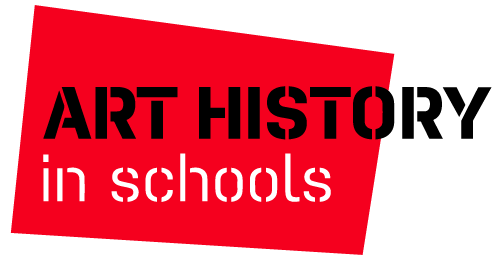AHIS PRIMARY
Enabling Visual (Art) Literacy
Thinking visually begs us to look closely and in detail, using visual cognition to examine, question, debate about and reflect on everything visual around us. Thinking visually requires visual literacy – learning to read images and understand what they say. Thinking in this way means we engage our imaginations and physical responses. But it takes practice…
AHiS teaches about ‘active looking and questioning’. It encourages visual art literacy – which goes further.
It trains us to look at human creativity – what people make as art – and to critically evaluate and reason about it. It involves the hows and whys of conceiving and making art. It asks us to think about purpose and meaning, as well as forms that art takes. It shows us how works have been or could be interpreted.
Visual art literacy adds ‘key facts’ to learning by adding knowledge to stimulate greater understanding and depth. Opportunities arise to appreciate, recognise and learn about different contexts of time and place. Learning through artworks can help us understand about ourselves and others. It encourages us to make connections and associations about what we see, feel and understand.
AHiS views this kind of looking and thinking about art as the early foundations of Art History.
In the Classroom
Engaging with art translates well into school-based enquiry, using students' personal knowledge, experiences and memories as the basis for constructing new knowledge.
Looking, thinking and talking about man-made creations can open up discussion about identity:
You and Me
Who am I?
Who are you?
Who are they?
Children as young as 5 can become citizens of the world when they look at art from the past to the present. Or art detectives when they examine visual material for clues to understand them. Or time travelers when they consider contexts of time and place. All these students can learn to hone skills for evaluating, analysing, reflecting on and communicating informed opinions. They can experience deep reflection and take ownership of their learning – beginning with their own ideas and ending with new interpretations.
This type of learning develops:
visual strategies for reasoning and questioning ideas and information.
learning to support and justify opinions
effective questioning
collaborative group work and individual reflection; and
communication skills
Everyone sees things differently, from personal viewpoints and perspectives. This makes visual literacy important. It explores personal and shared ideas, promotes valuable discussions and allows everyone to hold an opinion – it creates a level playing field for many students.

